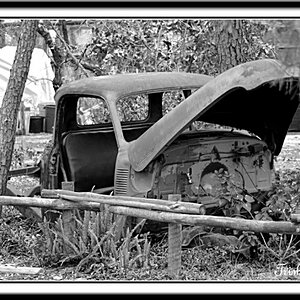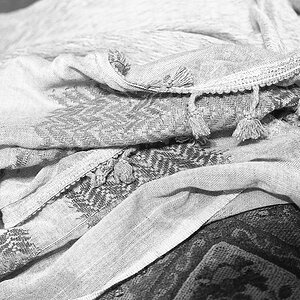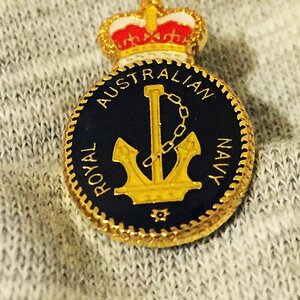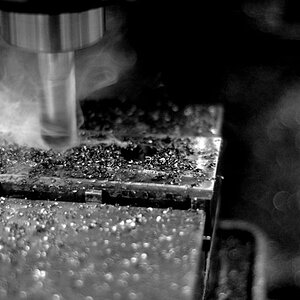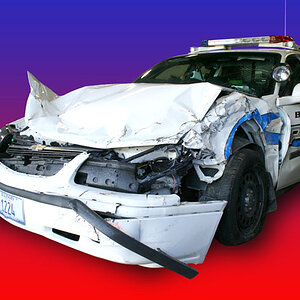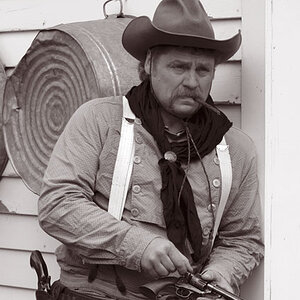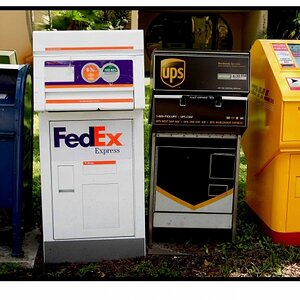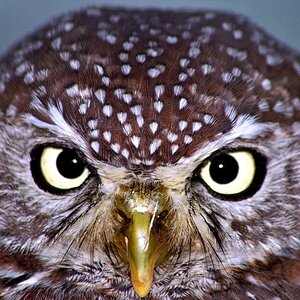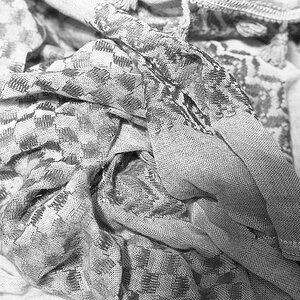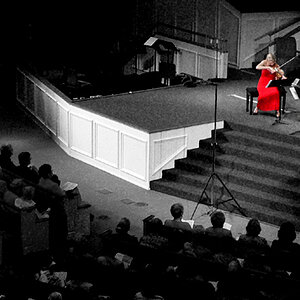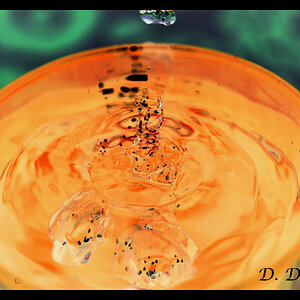camz
No longer a newbie, moving up!
- Joined
- Jun 11, 2009
- Messages
- 1,878
- Reaction score
- 285
- Location
- Bay Area
- Can others edit my Photos
- Photos NOT OK to edit
There's also the prime lens approach. A canon (24mm 2.8) + (50 1.4) + (85mm 1.8) will cost just as much as one 27-70 2.8 but will deliver great results as far as IQ. It maybe bothersome to have to deal with lens changes(you can always have two bodies handy) however you will have more flexibility in low light and generally speaking primes focus faster then zooms. I haven't upgraded a camera body(I will soon) in over 4 years but the lens collection is a different story. My current setup is a 20D and a 5D and I shoot portraiture and weddings and I must say I still love my equipment b/c it serves my purpose.
You mentioned you will be covering photojournalism? I'm not sure what type but there are obviously no poses no setups so that's why I suggested fast prime lenses for you. You will be on the go and you need equipment that will deliver quick focused metering and low light flexibility. I'm not talking down on zooms b/c I own 5 but if budget is an issue then primes are definitely something to consider.
You mentioned you will be covering photojournalism? I'm not sure what type but there are obviously no poses no setups so that's why I suggested fast prime lenses for you. You will be on the go and you need equipment that will deliver quick focused metering and low light flexibility. I'm not talking down on zooms b/c I own 5 but if budget is an issue then primes are definitely something to consider.



